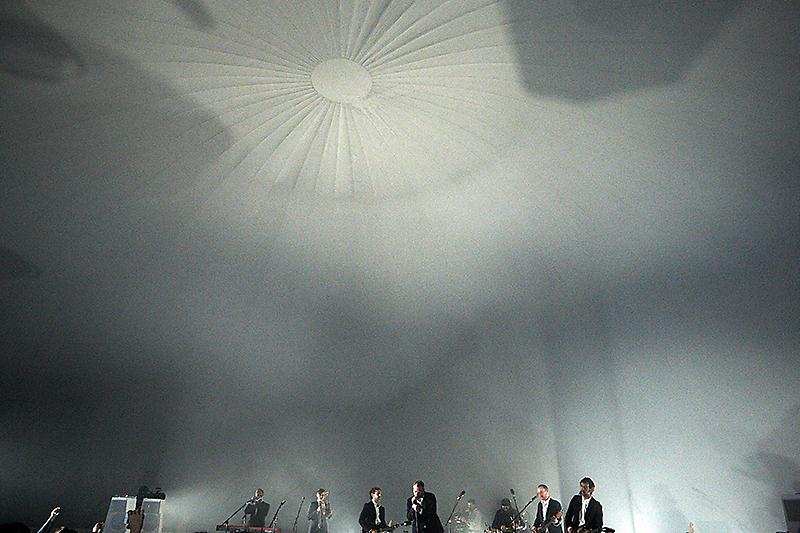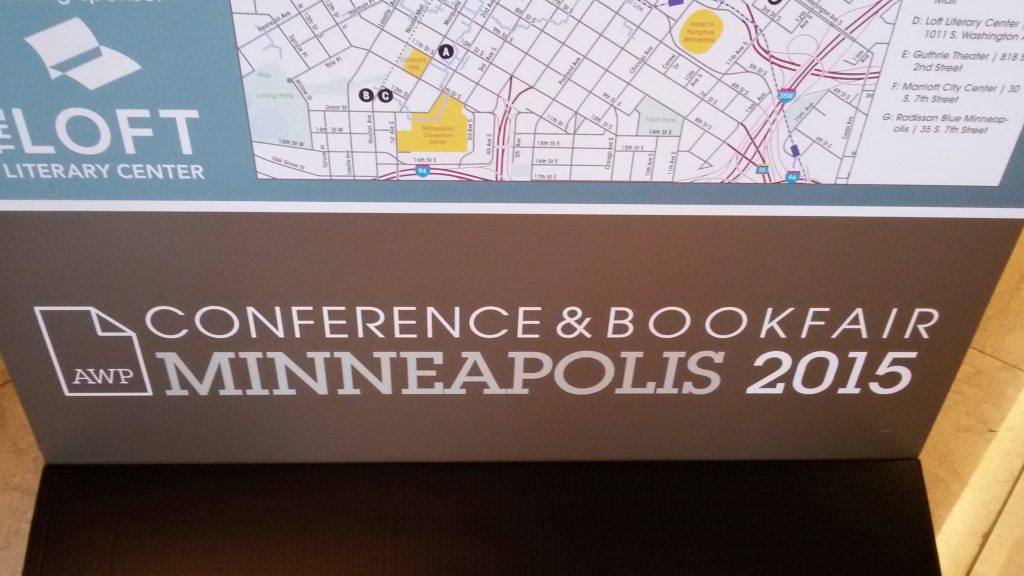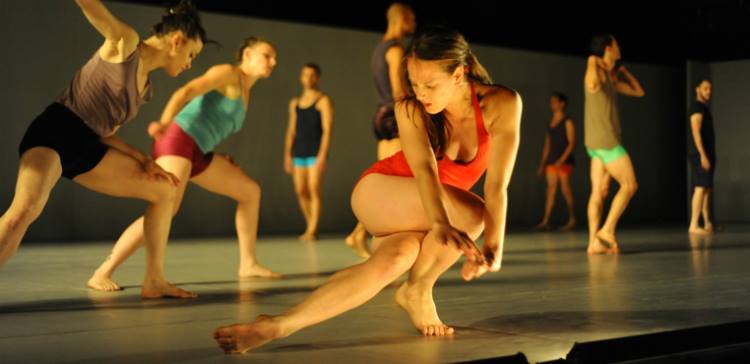A Brief History of Sorrows
On March 5, 2013, in a sparse room of MoMA PS1, atop a perpetually foggy stage and standing before a packed crowd of predominantly white hipster 20-and-30-somethings, The National played their song “Sorrow” 105 consecutive times in a performance lasting over six straight hours. This was not their idea, but rather was conceived by artist Ragnar Kjartansson as a “durational performance” entitled A Lot of Sorrow, which continued his exploration of repetitive performance as creating a “sculptural presence within sound.” Played without irony, the indie-pop song’s repetition pinged from sad to comical over the hours, maddening to hypnotizing.
A Brief History of Sorrows Read More »










